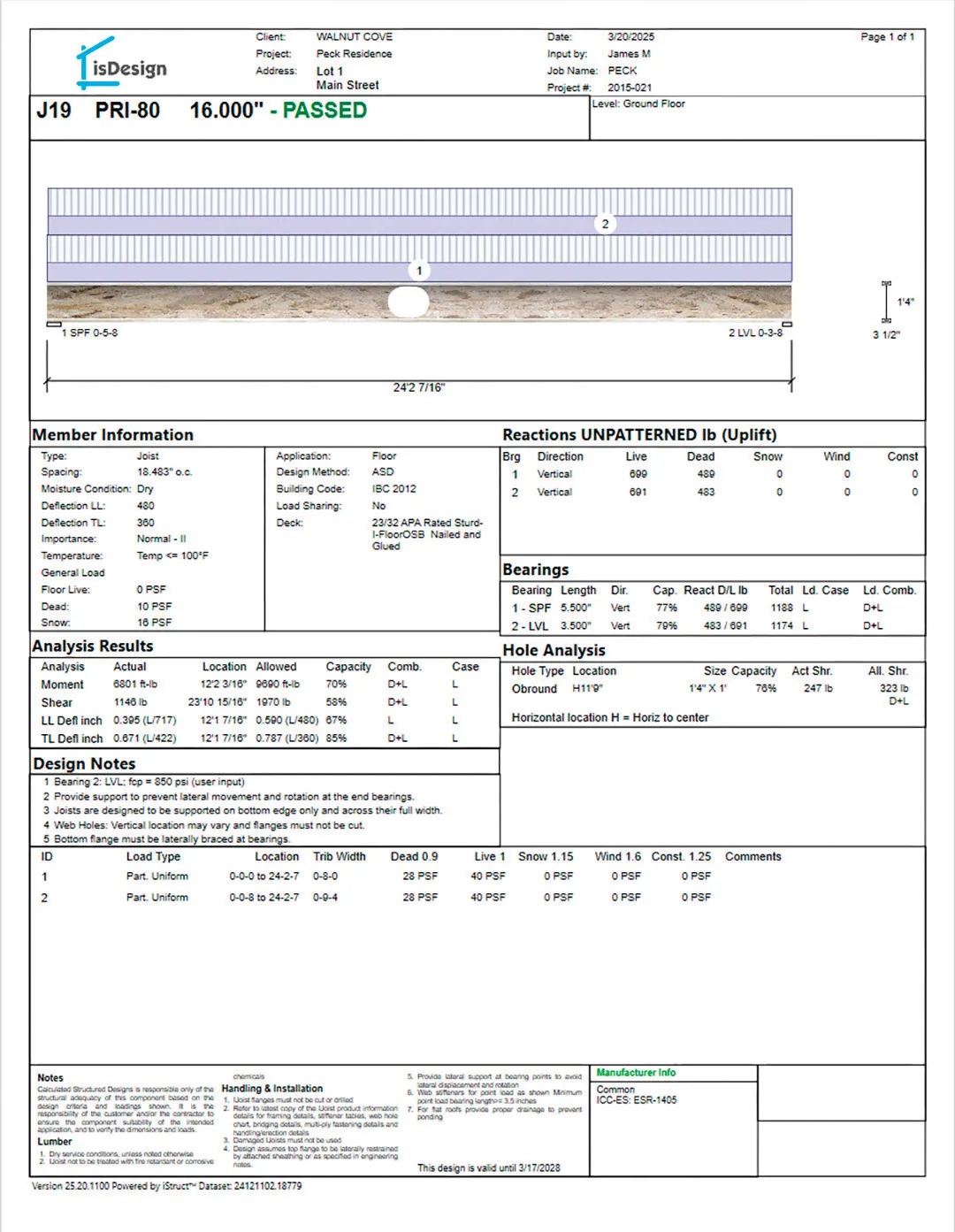Table of Contents
Understanding compensation is critical to staying competitive in today’s volatile labor market. As we prepare for 2023, real wage growth is a concept that is particularly important.
Overall wages are projected to increase 4.0% or more during 2022. Although this is the largest projected increase in several years, the current inflation rate of 8.5% (the highest recorded in 40 years) results in negative wage growth for many employee groups.
Real wages/income is calculated by dividing the current wage by 1 plus the current inflation rate. For an employee currently making $40,000, the individual’s real income is reduced to $36,866 when the current inflation rate is considered.
Staying competitive requires both short- and long-term planning. Some of the things you’ll need to think about include:
Salary Administration

Organizations frequently spend a lot of time (and money) setting starting salaries for new hires, developing salary ranges to accommodate new positions, and even developing and implementing formal salary structures. All of these are positive steps, but often they are implemented and abandoned. To remain competitive, ongoing salary administration is required. This includes:
SALARY REVIEWS should be performed annually, more frequently when recruiting and/or retention issues occur. Hopefully, you’ve done some market pricing during the year to give you a baseline understanding of salaries in your competitive market(s).
Combined with market pricing information, regular salary reviews will help to identify pockets of salary compression (e. g., new hires making more than long service employees doing the same work), the range of pay for employees performing the same work relative to performance and length of service, and other potential pay equity issues.
SALARY RANGE AND SALARY STRUCTURE REVIEWS are also a critical piece of successful salary administration. If you’ve developed salary ranges or more formal salary structures, you’ve most likely based them on market information. But the market can change quickly. It is important to review and update those ranges and structures regularly. Affinity HR Group usually recommends this review be done every other year.
SALARY BUDGETS are the third important component to successful salary administration. Many organizations don’t prepare any type of salary budget, but those who want to anticipate future salary expenditures often prepare an annual salary budget that includes:
- Performance based and across the board salary increases (more on those below)
- Salary increases to address inequities as the result of reviews of paid salaries
- Salary increases to address inequities as the result of reviews of salary ranges and/or salary structures
- Anticipated payouts under bonus and incentive plans
Salary Increases
Once you’ve completed the basic salary administration activities described above, it’s time to think about salary increases. There are dozens of types of salary increases; some of the most common (and those that affect the most employees) are described below:
PAY FOR PERFORMANCE or MERIT INCREASES are common in all types of organizations. These increases are generally awarded for successful achievement of some measurable criteria. These criteria may be established and communicated in a formal performance review form or by less formal notes, discussions, etc.
Most organizations using a pay for performance increase system will award increases based on some type of schedule—end of year, end of organization’s fiscal year, or employee service anniversary. Awarding all increases at once has become a more commonly used approach, since it allows the organization the opportunity to view all employees at once and award increases that align with salary increase budget parameters.
When salary increase budgets are low (they’ve averaged around 3% for the last several years), it can become challenging to award true pay for performance increases. For example, a top performer earning $60,000 might get a 5% increase ($3000). An average performer earning the same might get a 3% increase ($1800). After taxes, etc., there isn’t a lot of difference.
ACROSS-THE-BOARD salary increases are generally given to all employees on a scheduled basis—most often at the end of the calendar year or the organization’s fiscal year. Often, the amount is determined based on the organization’s past performance, rather than determined through an advance salary planning/budgeting process.
These increases are usually awarded as a percentage of base salary, and all employees generally receive the same percentage.
Giving all employees the same increased amount can perpetuate pay inequities that may exist in an organization.
LONGEVITY or LENGTH OF SERVICE salary increases are based solely on an employee’s length of service with an organization. There is generally no performance component to these increases, which are often mandated by contractual agreement. These types of increases are most common in government and education.
COST OF LIVING ADJUSTMENT (COLA) salary increases are linked to a rise in the cost of goods and services. They are designed to help employees maintain (rather than increase) their purchasing power.
In the past, these increases have often been awarded to all employees. They are now used less frequently, because of vast differences in local and regional pay markets (e.g., pay in San Jose, Ca., is approximately 41% higher than the national average). The increase in the number of remote workers in multiple locations also reduces the effectiveness of this type of salary increase.
Susan Palé, CCP, is vice president for compensation with Affinity HR Group. Reach her at (877) 660-6400 or contact@affinityhrgroup.com.









